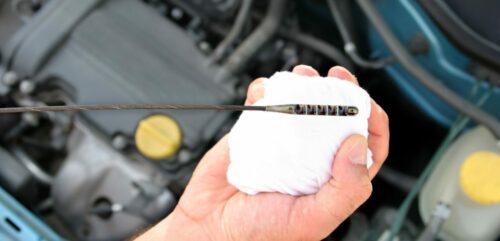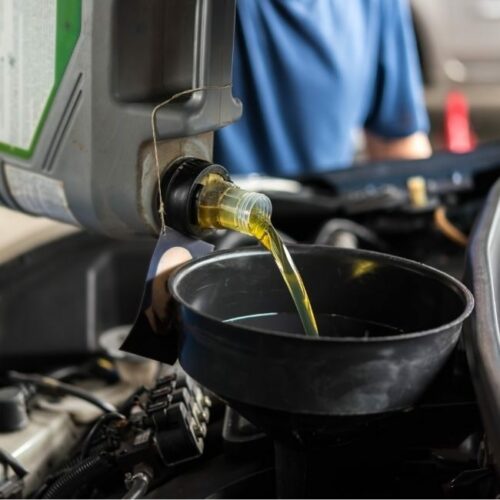

Running low on motor oil can cause a lot more damage to your car than you might think. Having a low level of oil in your car will mean that the engine is being worn far quicker than it should be and can lead to you having to fork out on expensive repairs. In extreme cases it can ruin your engine completely!
As car owners it's one of the most important things we're supposed to do - look after the engine and top up the oil regularly - but it's also one of the most neglected aspects of car ownership. Research shows that one in three cars has too little oil to run effectively, and many people wait until they see that little red light blinking at them on the dashboard, warning them that it's been too long since they paid their oil levels attention. In many cases, if you see the warning light come on then the damage has already been done and rather than preventative action, it becomes a case of damage limitation.
How Often Should I Check the Oil?
You should perform several checks as part of your weekly routine. Checking your oil levels and topping up when necessary should be near the top of that list. If you notice any oil on the floor when you’ve been parked up, or any other problems that you think might be related to oil levels, check it then too.
How Long Does it Take?
It shouldn't take you any more than 10 minutes.
What Kind of Oil Should I be Using?
There are lots of different types of oil and they are used for different purposes. Before you go out to buy it, refer to your owner's manual and make sure that you know what you should be looking for. The thickness of motor oil is referred to as the viscosity and is shown on the container as an SAE rating. The quality is shown with an ACEA or API classification.
Under the API system - the top grade for petrol engines is labelled 'SJ'. 'CH' is the equal standard for engines that run on diesel but 'CF' is the most common.
Under the ACEA system - 'A' is for petrol engines, 'B' is for diesel engines and a roman numeral tells you the grade - 3 being the highest and 1 the lowest. Following the code you will see a 2-digit reference to the year it was issued.
If you're still not sure ask a professional for advice before purchasing as using the wrong oil type can significantly damage your cars performance and can lead to more severe problems.How do check the oil levels and top it up if needed?
How to top up your oil

First of all you need to get some newspaper, paper towels, some oil to top-up with and if needed, a funnel. It’s not the cleanest of jobs and oil can permanently stain clothing and fabric, so don’t wear anything nice if you can help it.
You should follow these steps when the car has been running for a while but leave it to cool down first for 5-10 minutes – the engine can get extremely hot. Please note, you should always refer to the owners manual before adding any oil to your car as not all models of car recommended adding oil yourself.
- Park on a flat surface. Parking on a hill or an incline can affect the reading.
- When the engine is stopped, open up your bonnet and secure.
- Find the dipstick. It's usually red or yellow or another bright colour so that you can find it easily.
- Pull the dipstick slowly and completely out of its tube.
- Wipe it on the paper towel and find the min/max marks
- Push it into the tube and pull it back out again. You should be able to see where the oil comes on the markers.
- If it is below or near to the minimum marker you need to top-up your oil.
- Find the engine filler cap. It may be marked - if not and you're not sure, check your manual. There are usually several different caps for different systems and it's imperative that you don't choose the wrong one.
- Take off the cap - unscrew it or pull it off
- Add some oil (just a little for now) and wait a minute. Then repeat step 6 with the dipstick, checking where the oil comes to now. If it isn't near the maximum mark, add more oil. You should have a better idea of how much to add this time.
- Repeat until the oil level is near the maximum mark. Put the dipstick back securely.
- Put the cap back on, wipe up any spillage and close the bonnet.
Disclaimer: The information in the article is for general purpose information only and should not be constituted as legal advice. This article has been produced by a third party and Jardine Motors does not take any responsibility for the completeness, accuracy, or reliability with respect to the website or the information provided. Article last updated November 2020.



